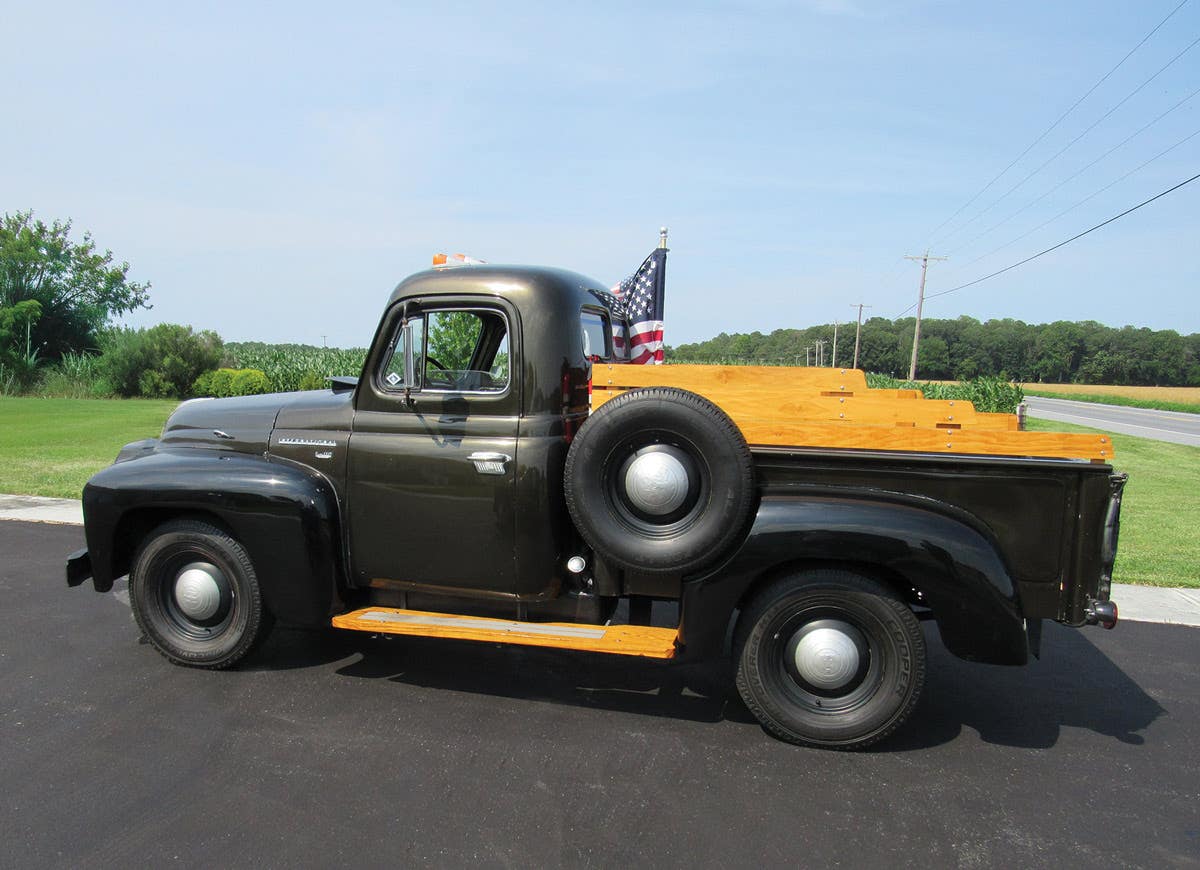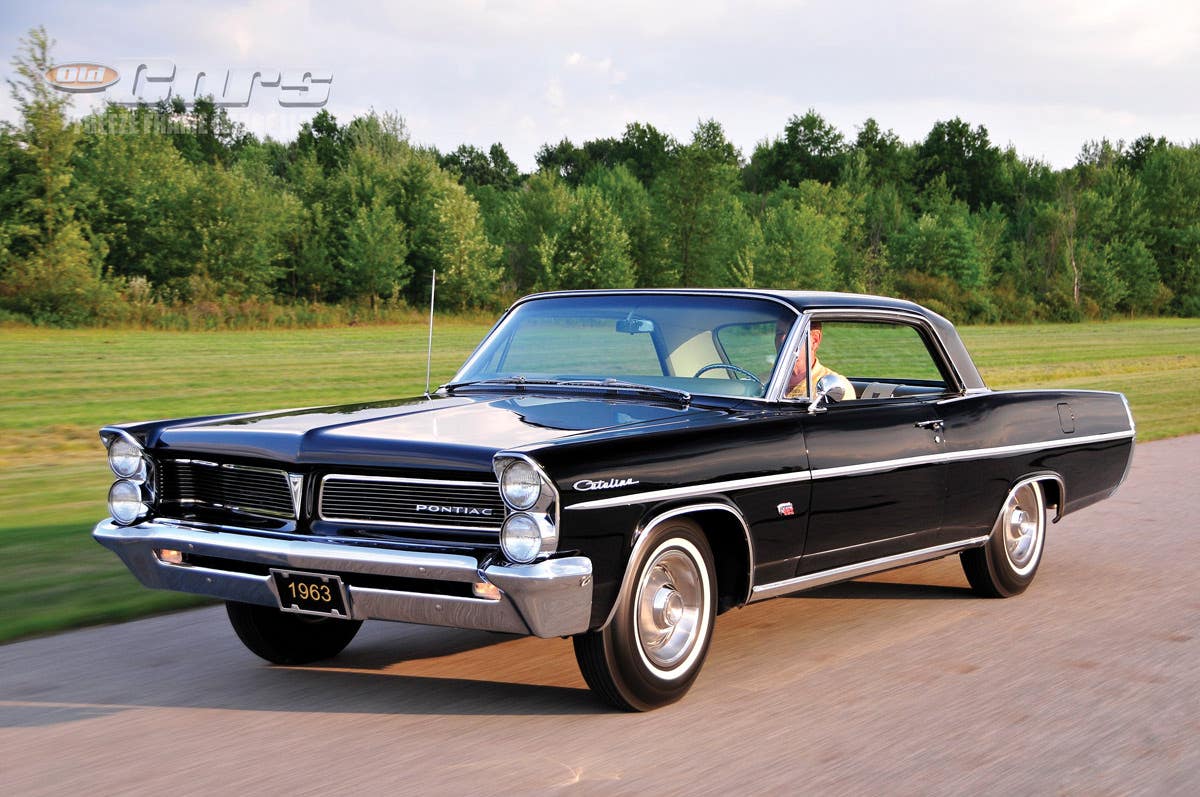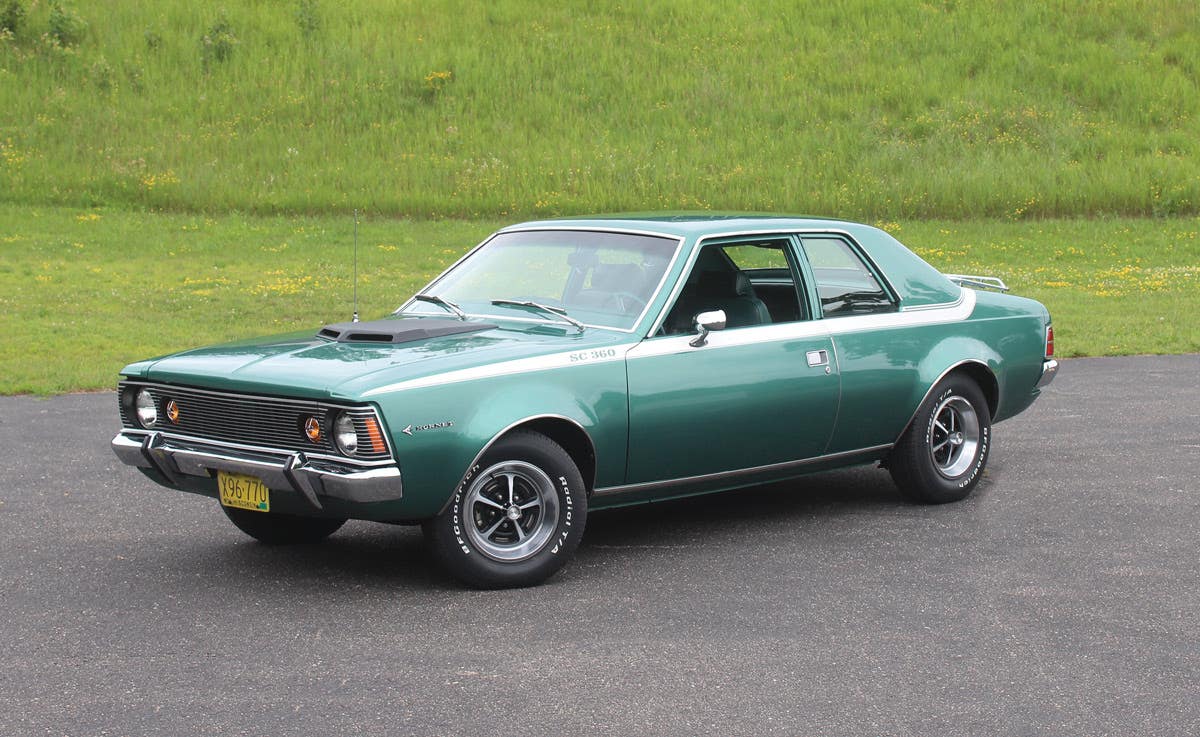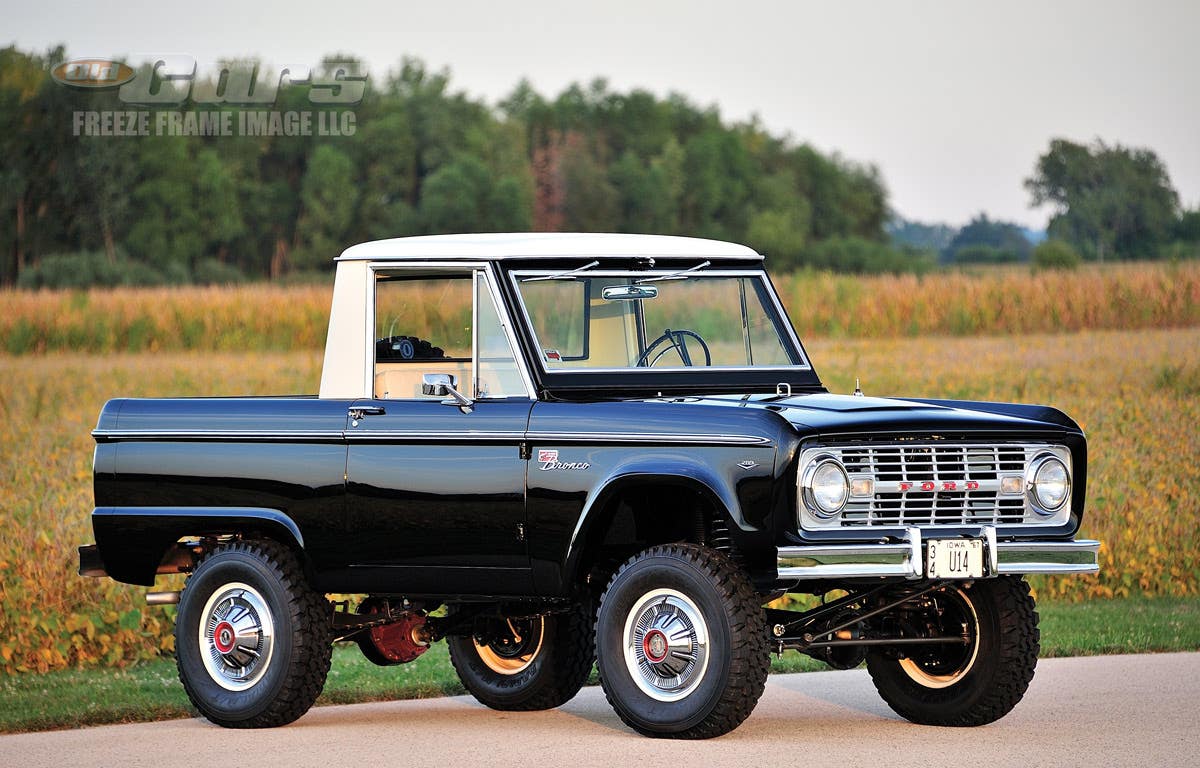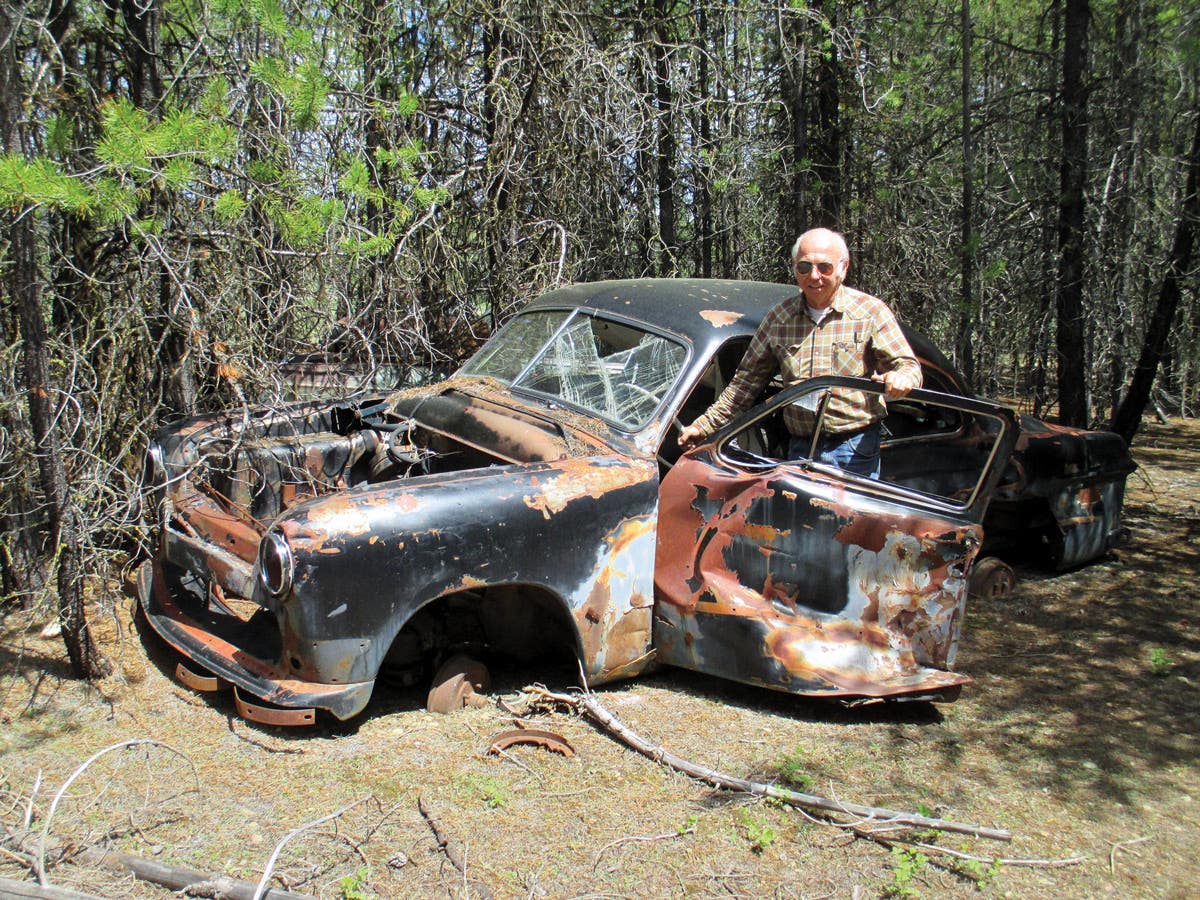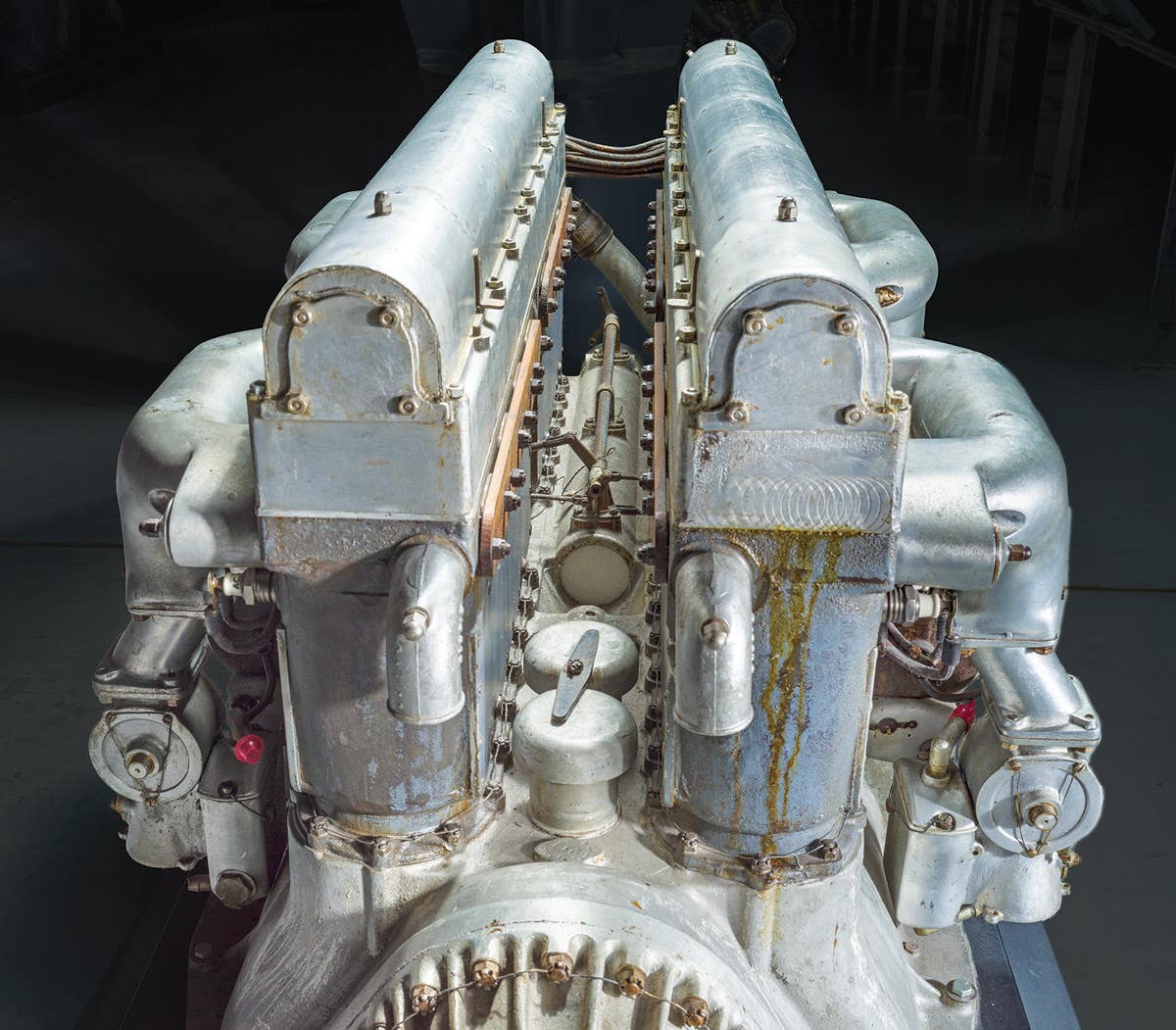Car of the Week: 1952 Chevrolet 3100 pickup
Mike Magden’s 1952 Chevrolet pickup is as handsome and classy-looking as almost any luxury car you’ll see at any old car show.
By Brian Earnest
Mike Magden’s 1952 Chevrolet pickup is as handsome and classy-looking as almost any luxury car you’ll see at any old car show. It wears a beautiful teal-and-black two-tone paint job, has shiny wooden fencing above its perfectly restored box, and the interior is nearly flawless. The chrome grille and hubcaps shine like new. The wheels are painted teal to match the body, and the whitewall tires are squeaky clean.
But Magden insists it’s all a bit of a mirage. Under all the makeup and lipstick is a humble work vehicle that just happens to be all dressed up for the prom. “It drives just like my father’s truck drove,” he laughs. “It drives like a truck. Nowadays, a truck is like a car. Back then, a truck was a truck. You hear every noise, you feel the road — it’s a 1950s truck. It’s almost all stock and it drives like a truck did in the 1950s.
“If you’re gonna buy a truck like that, you gotta expect that it’s gonna drive like a truck. Some people are confused when they buy something … They buy something and expect it to drive like their Mercedes drives. Back then, these trucks didn’t drive worth an [expletive], and they still don’t!”
That might be true, but that hasn’t stopped Magden from falling hard for the half-ton 3100 Series pickup that reminds him of the trucks his father had when he was a boy. The retired Naples, Fla., resident found his own Chevrolet hauler on eBay a few years ago, and although it wasn’t perfect, he decided he had to have it.
“It was up in Pennsylvania, I think, and I took a chance and bought it online and they shipped it down here,” said Magden. “My father used to sell produce years ago and he had a truck just like this. It wasn’t a half-ton, it was a 3/4-ton Chevy, but it was similar to this truck. That was the reason [I wanted it].
“My friend told me not to buy it because a lot of people are scamming people online, but I was lucky with this one.”
Much of the restoration work on the pickup had already been done, but Magden still had some work on his hands to finish it off and bring it up to its current condition. “We did some drive train work … We painted the dash and put a new original radio in it,” Magden noted. “We put an antenna on it and the wipers didn’t work. And we put turn signals on it. In Florida, you have to have turn signals if you’re going to drive it.”
The truck had already been repainted a non-factory teal with black fenders, which Magden decided not to change. Underneath, the body and bed of the truck were solid, which was the most important thing. “We had to do some work underneath and paint a couple of fenders and so forth, but it really didn’t need much bodywork,” he said. “We picked it up when the guy was just finishing it up, and that’s what we did.”
Magden’s “Advanced Design” 3100 pickup is one of 147,756 such models produced for the 1952 model year, making the half-ton pickups far and away the most popular Chevrolet commercial vehicle that year. A war-weary and truck-starved public was waiting when Chevrolet introduced its redesigned truck lineup in 1947. The new models were a big departure — literally — from the previous generation. The welded cabs — not bolted together — were a whopping eight inches wider and seven inches longer and had adjustable bench seating for three across. The higher and wider cab doors were more user friendly, and the bigger windows and windshield gave much greater visibility than ever before.
A new three-point-type suspension gave the trucks a more cushioned ride and three-on-the-tree column shifting made the pickups feel a little bit more like a car and a little less like a big rig.
Pickups were available in the 3100 Series (half-tons), 3600 Series (3/4-ton) and 3800 Series (1-ton), with wheelbases of 116, 125 ¼, and 137 inches, respectively. All three lines had boxes that were 50 inches wide and 16 ¼ inches high on the sides (14 inches on the ends). Box beds still featured wooden construction with steel skid strips. Chrome grilles were not available from the factory on 1952 models. The painted grilles had five broad horizontal bars below a broad hood ornament with rectangular parking lights in the upper corners of the top bars. Buyers could choose between Swift Red, Armor Yellow, White, Jet Black, Seacrest Green, Sun Beige and Cream paint colors.
In ’52, half-ton Chevy vehicles were also available as chassis and cowl, chassis and cab, panel trucks, canopy trucks and suburban body styles with either tailgates or doors in back. All carried the same Thriftmaster 216.5-cid inline six-cylinder that produced 92 hp and 176 lbs.-ft. of torque.
Chevrolet trucks didn’t change much from year to year during the Advance Design era between 1947-'54. Door vent windows were added in 1951 and push-button door handles arrived in 1952. Bigger news came in 1954 with the arrival of a one-piece windshield, new grille, updated steering wheel and instrument panel, and a few other tweaks. The Advance Design era lasted into early 1955 when the much-anticipated V-8 Chevrolet “Second Series” trucks arrived.
Aside from the beautiful teal color, Magden has tried to keep his pickup as factory correct as possible. “We took it to a show and they said we had to change the clamps on the hoses and the heater control valve,” he said. “And one of the judges told me, ‘You have a radio, but you don’t have the antenna,' so we changed the radio to an original radio.”
Magden has put about 1,900 miles on the pickup since he got it. He isn’t sure how many miles the truck has traveled since it left the factory more than 60 years ago. “I don’t really know the history of it before I got it,” he said.
Eventually, he plans to salute his father by applying a “Mag Produce” sign to the pickup’s doors. Then, just like his father, he figures he’ll just drive it and enjoy its bouncy ride and all its pickup charms.
“We like to drive it. We bought it to drive it,” he says. “We might not drive it much, but we drive it.
“They’re not supposed to be beauty queens.”
If you’ve got an old car you love, we want to hear about it. E-mail us at oldcars@aimmedia.com
_____________________



